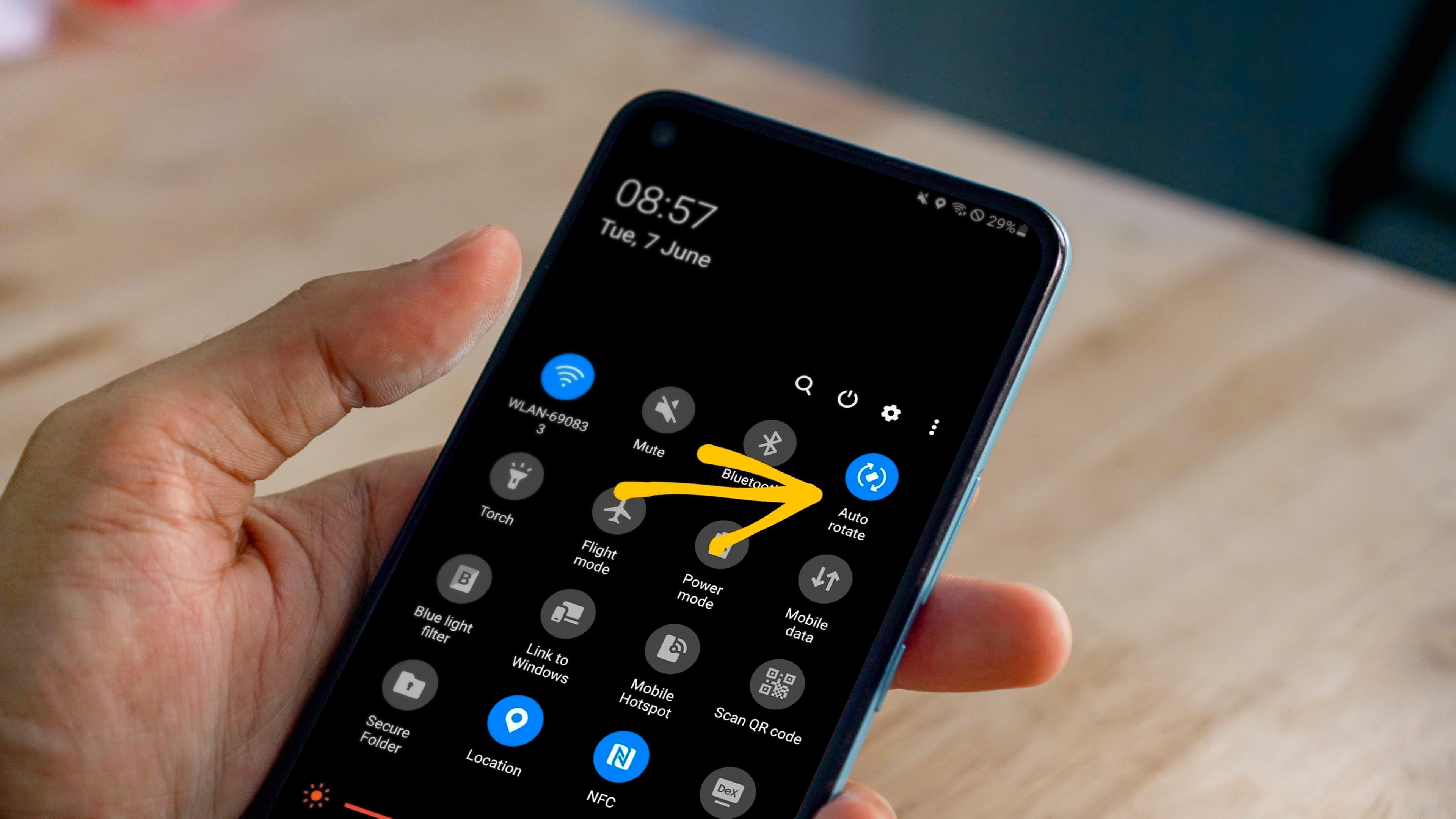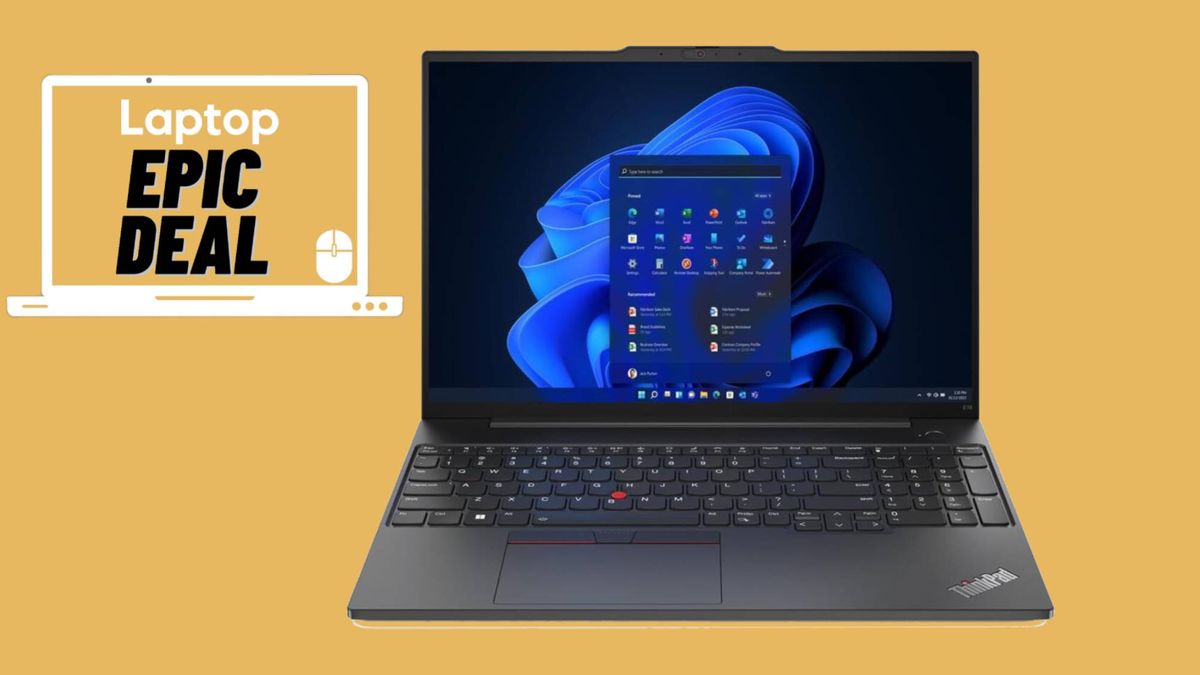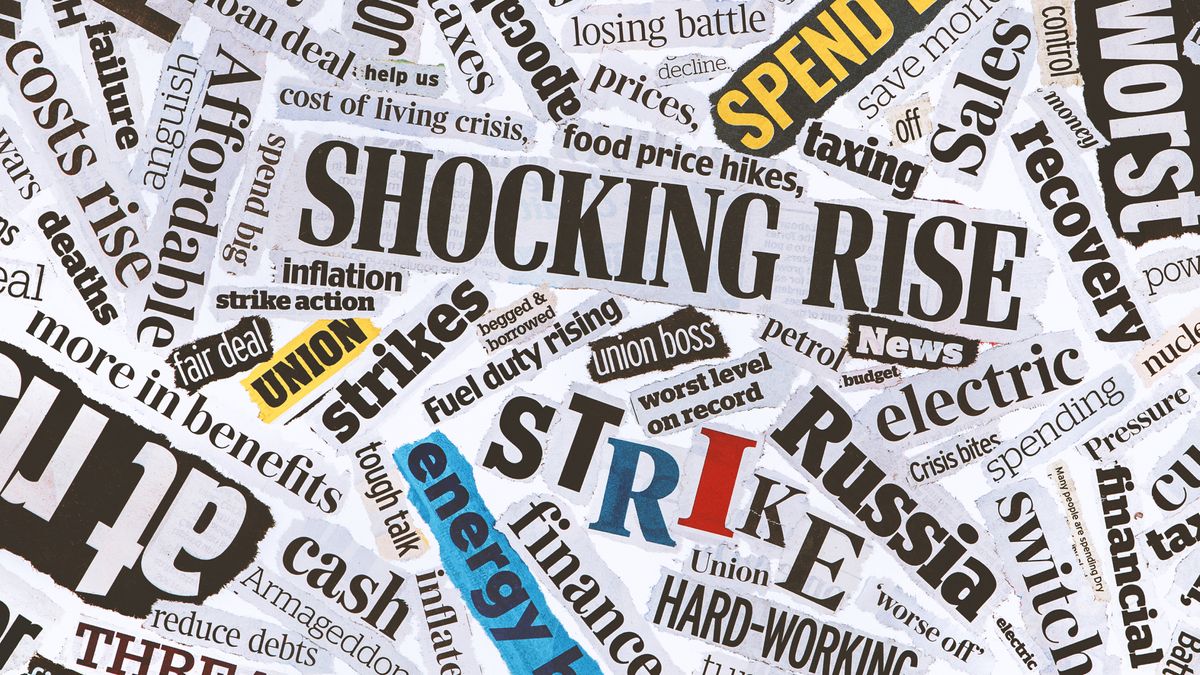Many Americans looking to make at least their local minimum wage might be unable to count on gig driving as their primary income source.In an analysis of 52,370 trips by 1,088 drivers in the Boston, Chicago, Los Angeles, San Francisco Bay, and Seattle metros in January 2022, researchers at the UC Berkeley Labor Center and the Center for Wage and Employment Dynamics found drivers across six ride-hailing and delivery platforms often earned less than the local minimum wage, including with tips, after expenses like gas.The researchers used data from the rideshare and delivery assistance app Gridwise to examine drivers who worked 10 or more hours. To be sure, many drivers on these platforms work just a few hours a week, and the researchers’ results may not apply to those drivers. Nearly half of the drivers drove for multiple apps, and 42% of non-DoorDash drivers worked 32 hours or more a week.In some cases, drivers earned less than half of the local minimum wage in net employee-equivalent pay, which adjusts drivers’ net pay over the entire time they’re driving or looking for gigs for factors like employer payroll taxes and employee benefits. Delivery drivers in the metro areas studied outside California relied almost solely on tips and earned just 40 cents net per hour adjusted when excluding gratuities.”Pay for gig drivers rarely exceeds the employee-equivalent local minimum wage,” the authors wrote. “Most non-casual drivers would be better off if they were classified as employees, rather than as independent contractors.”Delivery drivers overall made at or above minimum wage in median gross hourly earnings with tips — $21.10 in California and $18.94 outside California — and passenger drivers made above minimum wage in all metro areas before tips — $21.61 in California and $25.41 outside California. These gross wages skyrocket when looking at engaged time, or time spent picking up and dropping off passengers or food rather than looking for the next job.Still, expenses eat up much of these gross earnings. For delivery drivers, expenses total $7.44 per shift hour in California and $7.60 outside. For passenger drivers, it’s $14.03 and $11.68, respectively.Business Insider reached out to the six companies analyzed in the paper.In a statement, a DoorDash spokesperson said, “As the authors make clear, this study is based on an incomplete and unrepresentative sample of app-based workers in these five cities. If they had bothered to include Dashers in their study, they would have learned that California Dashers, for example, earned around $36 per hour while on deliveries in 2023 on average, a 41% increase from 2020 before Prop 22 was enacted.”A Lyft spokesperson noted, “Earlier this year, Lyft announced a new commitment where drivers will always make at least 70% of rider fares each week after external fees. In Q1 of this year, the median U.S. Lyft driver earned $31.10 including tips and bonuses per hour of engaged time. After taking into account estimated expenses such as gas and maintenance, that’s around $24.25 per engaged hour. Improving the driver experience is essential to our purpose and we are constantly listening to driver feedback.”The other four companies did not reply to the request for comment before publication.
To be sure, in February, an Uber representative told BI that “the vast majority of drivers are satisfied” and that “as of last quarter, drivers in the US were making about $33 per utilized hour” before expenses. In February, Lyft said its median US driver who used a personal vehicle earned about $30 per engaged hour before driving expenses — and $23 an hour once some driving expenses were accounted for.The challenges of gig workAcross Uber, Lyft, Uber Eats, DoorDash, Grubhub, and Instacart, drivers almost universally had net hourly earnings well under the local minimum wage in the five studied metros — $15 in Boston, $15 in Chicago, $16.90 in Los Angeles, $18.07 in San Francisco, and $19.97 in Seattle.Since drivers are classified as independent contractors, they don’t need to be paid minimum wage in most cities or for their time and expenses between rides. The authors note these companies often engage in “algorithmic wage discrimination.””These conditions allow the companies to take shares of passenger fares (commissions) that are higher than the levels in more competitive platform industries and to pay their workers less than what they would receive if there was more competition among the companies,” the authors wrote.Drivers pay out of pocket for expenses incurred when they’re waiting for their next ride and are not paid by the app. About half of miles driven per shift and a third of shift time is spent during those waiting periods for delivery drivers. About a third of miles and 28% of shift time are spent between gigs for passenger drivers.As part of Proposition 22, a law passed in 2020, California drivers are promised earnings of at least 120% of the local minimum wage, excluding tips. When minimum pay mandates aren’t met, gig companies must pay adjustments. Though drivers under Proposition 22 don’t get overtime or paid sick leave, they get paid 35 cents per mile while picking up or dropping off passengers. Drivers who work frequently also must be reimbursed for part of their healthcare premium expenses if enrolled in the state’s health benefit exchange.The report found that even with the adjustments, excluding tips, San Francisco and LA passenger drivers made less than those in the other three metro areas, though they earned $3 more factoring in tips. While two-thirds of DoorDash drivers and just under half of Uber Eats drivers had their incomes adjusted, just 5% of Uber drivers did.Efforts to reform gig drivingThis month, the California Supreme Court will hear a case concerning whether Proposition 22 is unconstitutional.Meanwhile, in 2023, Seattle passed a law mandating that drivers must be paid at least $0.64 a minute, plus $1.50 per mile and at least $5.62 per trip. New York City also has a minimum compensation standard for gig drivers.The authors note that when drivers have only a handful of driving gig options, companies can pay lower wages, and they can often get away with it since many workers are immigrants with few other employment opportunities.The UC Berkeley study isn’t the first to try to document the earnings of gig drivers.For example, a study commissioned by the state of Minnesota and released on March 8 found that in 2022, drivers in the Twin Cities metro area earned $13.63 an hour after expenses, below Minneapolis’s minimum wage of $15.57 an hour. Uber and Lyft took issue with the study’s calculation of driving expenses. Uber and Lyft have threatened to pull out of Minnesota over the city’s new pay plan for gig drivers.A study published earlier this year of over 500,000 US gig drivers from Gridwise found that the average Uber driver made $25 an hour before expenses, including tips and bonuses. The average Lyft, Uber Eats, and DoorDash driver had hourly earnings of $24, $18, and $14, respectively.Using Gridwise data, Big Lake Data estimated net earnings in Massachusetts to be $12.82 an hour in 2023 including tips, with expenses totaling about half of gross earnings. This month, Massachusetts sued Uber and Lyft in an attempt to classify drivers as employees.Over the past year, several gig drivers have told BI that their gigs are less profitable than they used to be. For example, Uber and Lyft drivers have said the ride-hailing giants are taking a larger cut of rider fares. These frustrations have led to driver protests and calls for higher guaranteed pay.While some drivers are unsatisfied with their pay, many Americans have turned to gig work in recent years as a source of income. The share of Bank of America customers receiving income from ride-hailing roughly tripled from less than 0.4% in March 2020 to about 1.2% as of March, exceeding pre-pandemic levels, according to a Bank of America Institute report published in late April.Are you a gig driver who is struggling to make ends meet? Reach out to these reporters at nsheidlower@businessinsider.com or jzinkula@businessinsider.com.





